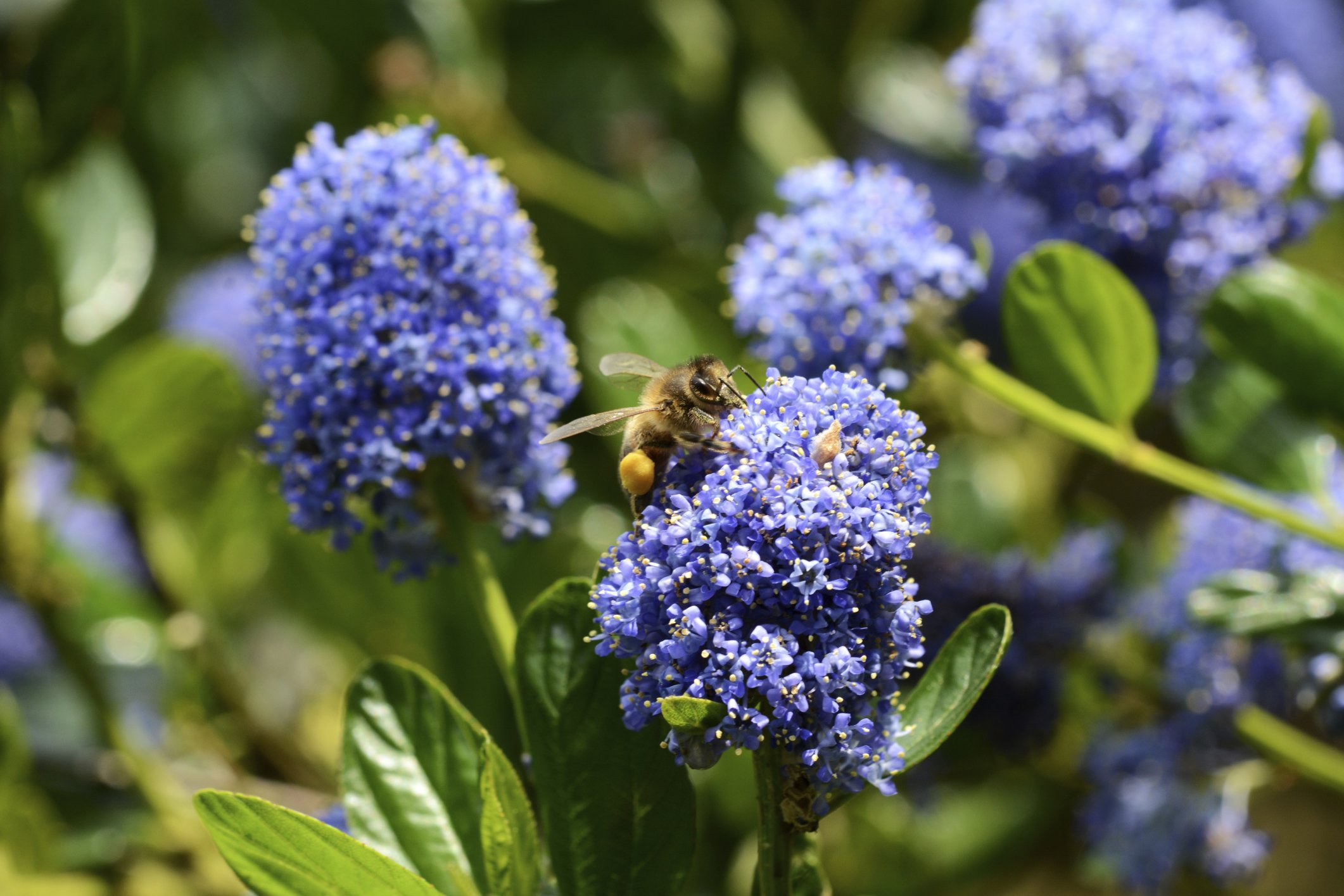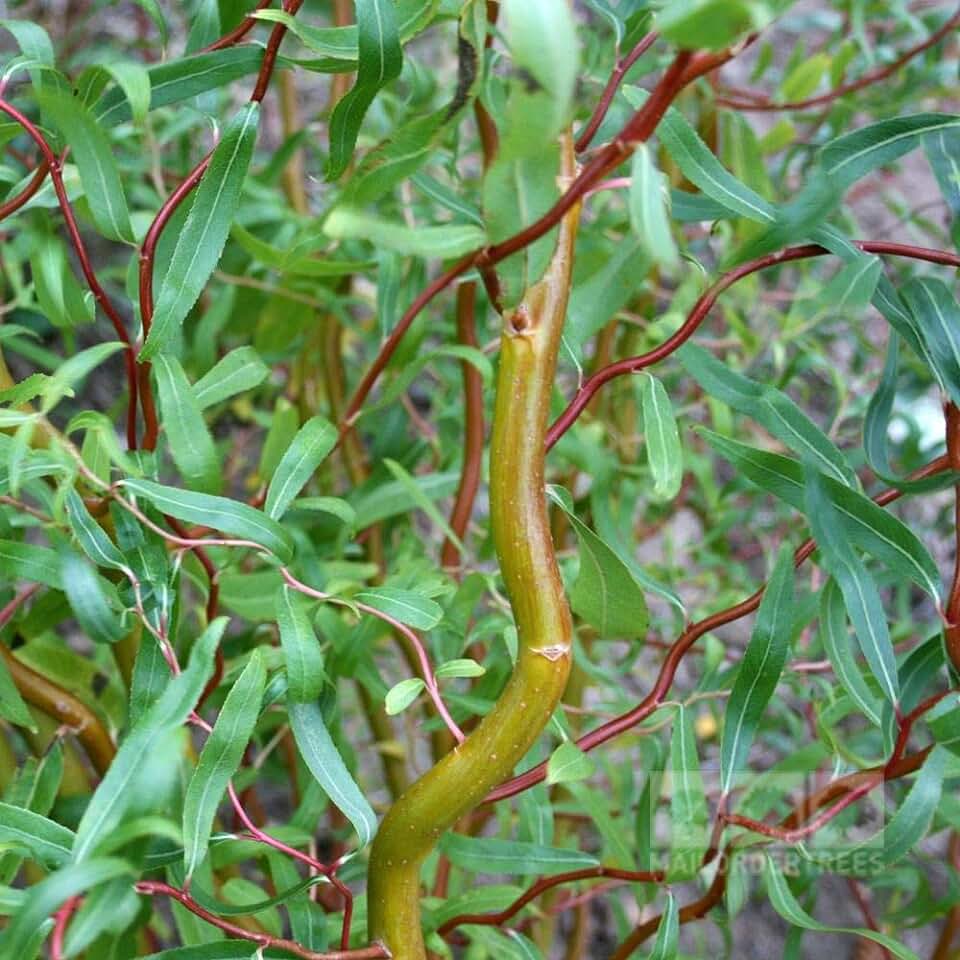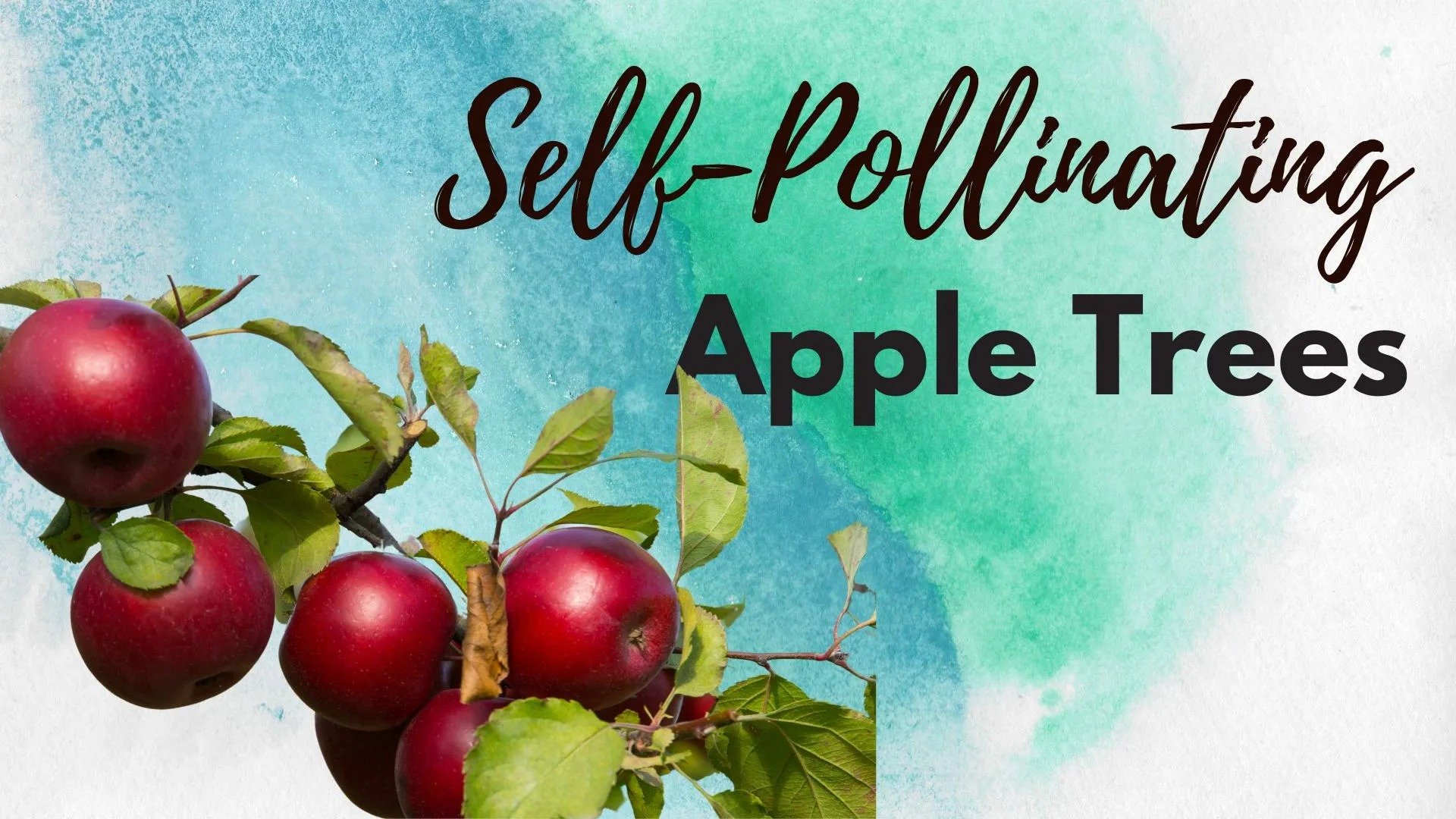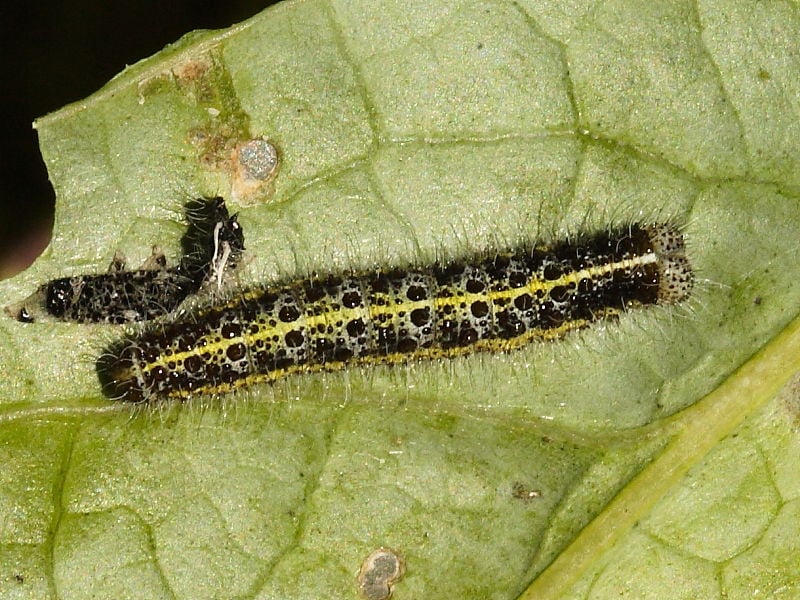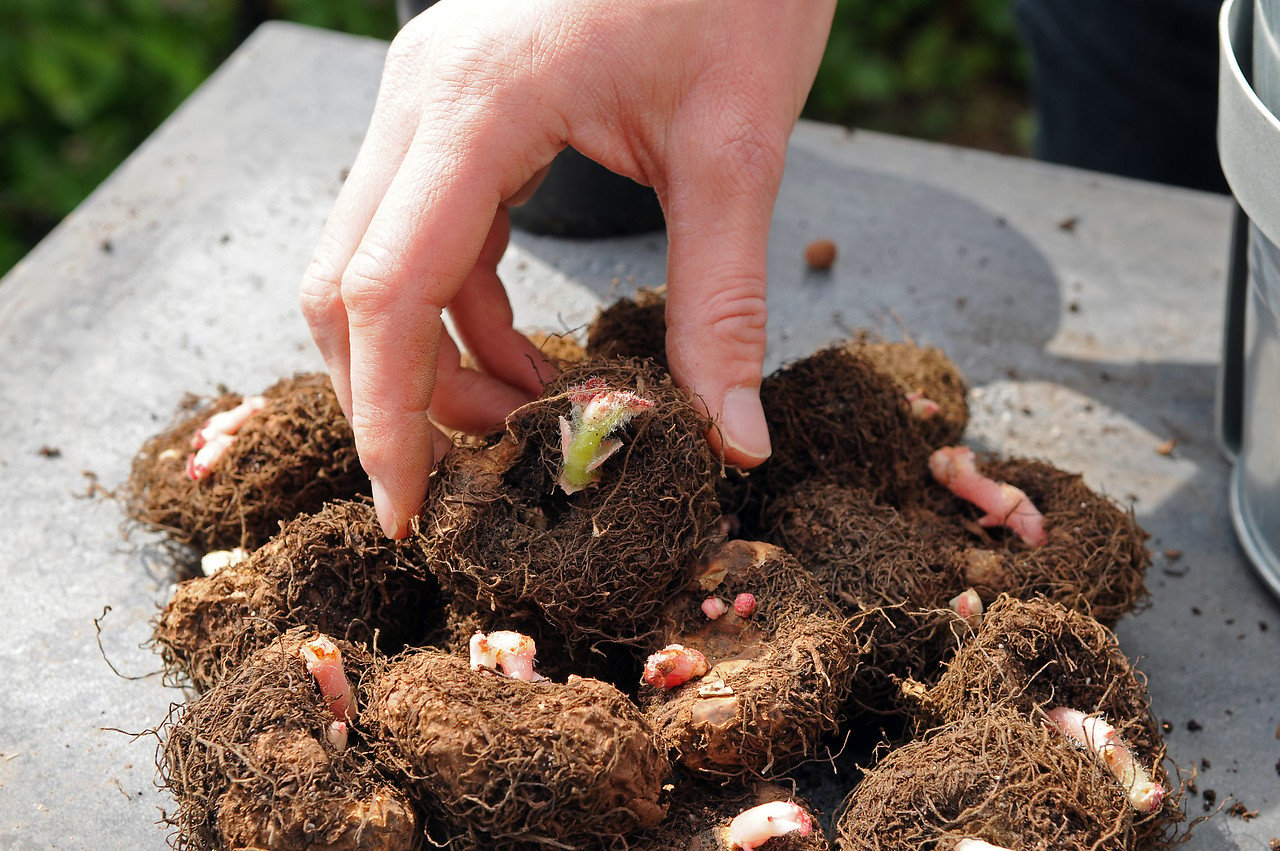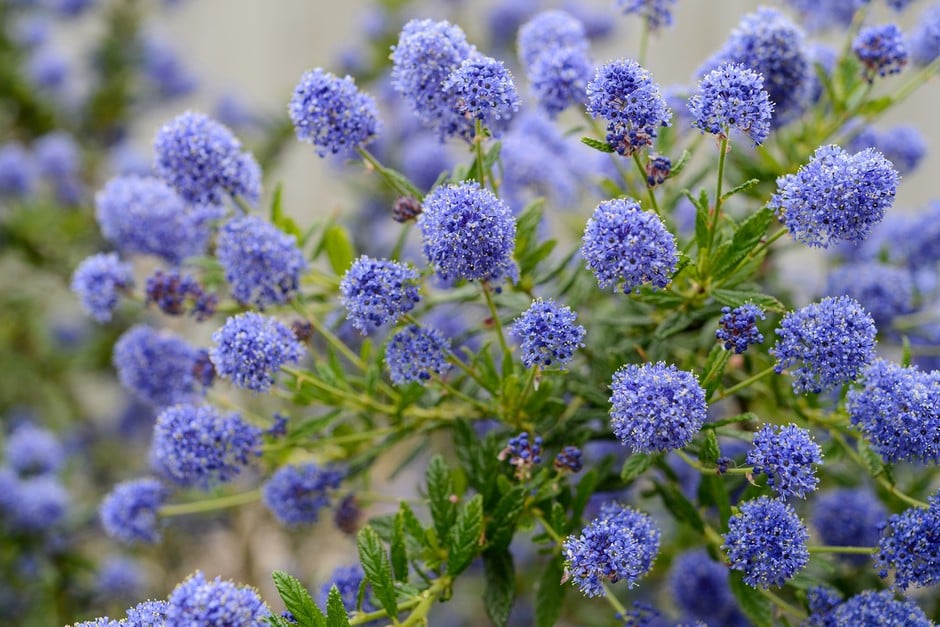10 Essential Tips for Growing Beautiful Cyclamen Plants
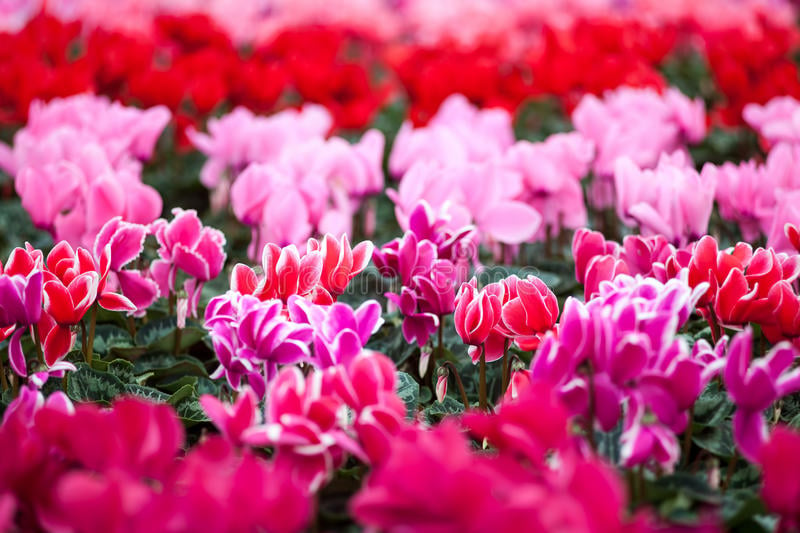
Table of Contents
If you’re looking for a beautiful, low-maintenance plant to brighten your home, the Cyclamen should be on your list. This plant will surely impress you with its sweet-smelling flowers and eye-catching leaves.
But if you are new to gardening, you might have questions like- are Cyclamen perennial? Or how to care for them properly? Don’t worry; we’ve got you covered. This article will help you to know about cyclamen plant care and growing tips. It will cover the basics, including temperature, light, soil, and fertilization. Also, this guide will provide a few tips on fostering blooming and advise you about its do’s and don’ts and unsafe qualities.
So get ready to learn to care for your Cyclamen like a pro!
Are Cyclamen Plants Perennial?
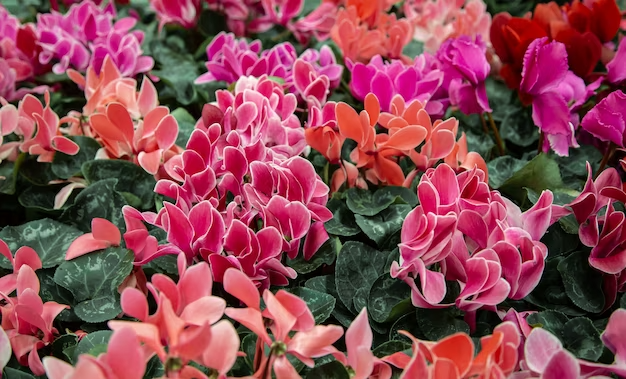
Well, it’s not a simple yes or no answer. Cyclamen can be perennial, as they can live for over 2 years. However, some varieties of Cyclamen are considered annuals or biennials, while others can live for several years with proper care.
It solely depends on the species of Cyclamen and the growing conditions. Some species, like Cyclamen coum and Cyclamen hederifolium, are known to be reliably perennial and can bloom for many years if given the right care.
Although, other species, such as Cyclamen persicum, are usually grown as annuals or houseplants and may not survive as perennials in certain climates. The best thing to do is to check the specific requirements of the Cyclamen you’re growing to see if it’s likely to be perennial in your area.
Now, let’s talk about how to care for your Cyclamen.
Cyclamen Plant Care Tips
If you want to keep your Cyclamen plant long-lasting, give it proper care. Due to its bright blooms and unique foliage, people have become more attentive towards this plant, especially for indoor gardening.
It’s crucial that you pay attention to a few basic care tips that will keep your Cyclamen at its best. However, many wonder how to care for their cyclamen plant to ensure its longevity. This section will give an idea of the crucial procedures for taking care of cyclamen plants before, during, and following their blooming period.
Cyclamen plants are easy to care for and also can be grown indoors or outdoors, depending on the climate conditions it requires.
1. Light Requirements

Give it plenty of bright, indirect light to help your Cyclamen thrive during the winter months when it is in its prime growing phase. It will help to soak up all the energy it needs to develop. Just be careful not to expose it to direct sunlight, which can damage its delicate leaves. By providing the right amount of light and care, you can help your Cyclamen reach its full potential and become the centrepiece of your indoor garden. So, let the sunshine in by placing it near a sunny window or under a grow light. Watch as your Cyclamen flourishes with vibrant blooms and lush foliage.
2. Temperature Requirements
One of the most crucial things to remember is that a cyclamen plant prefers cooler temperatures, between 50-60°F (10-15°C). They do not like heat and will not tolerate temperatures above 70°F (21°C). If it gets too warm, the plant can wilt and even die. Therefore, keep your Cyclamen away from heat sources, such as radiators or vents, especially when growing it indoors. But if you are growing your Cyclamen outdoors, choose a spot protected from hot, dry winds.
3. Watering Requirements
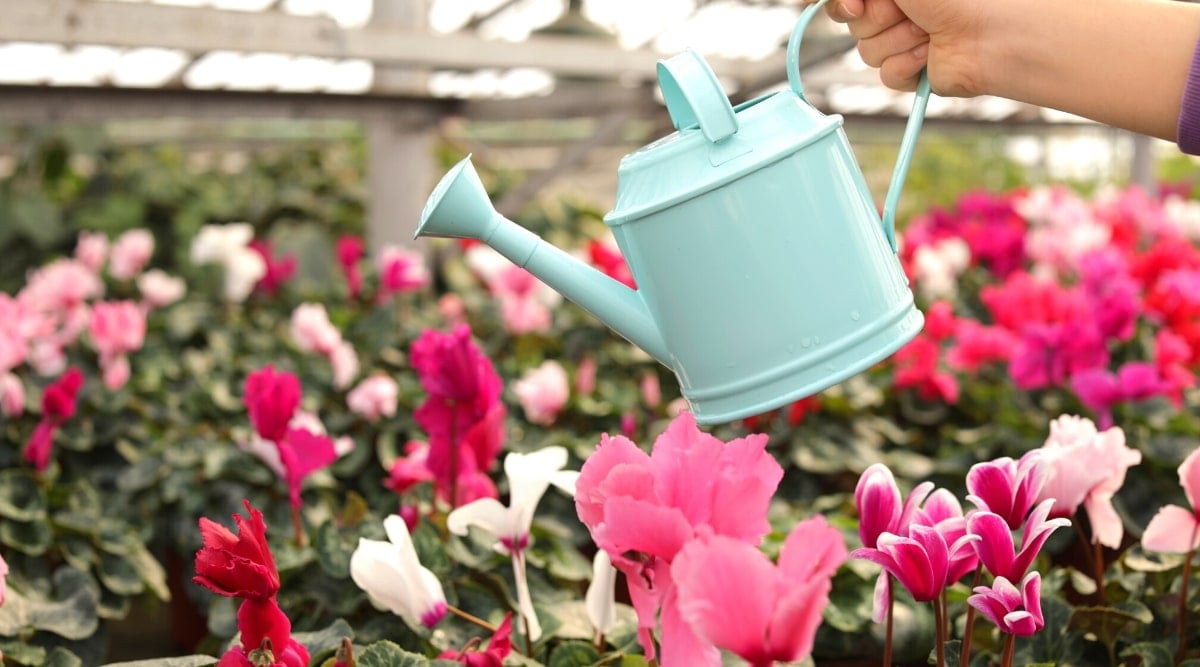
Cyclamen plants have a delicate balance in watering – they like to be kept evenly moist but not soggy. The soil’s top inch must dry out before watering to prevent over-watering. When it’s time to water your Cyclamen, thoroughly water it, but be careful not to let it sit in water. If your Cyclamen is potted, ensure it has a drainage hole to allow excess water to escape. By providing the right amount of water and drainage, you can help your Cyclamen stay healthy and strong and show off its gorgeous flowers and leaves all season long.
4. Humidity and Temperature Requirements
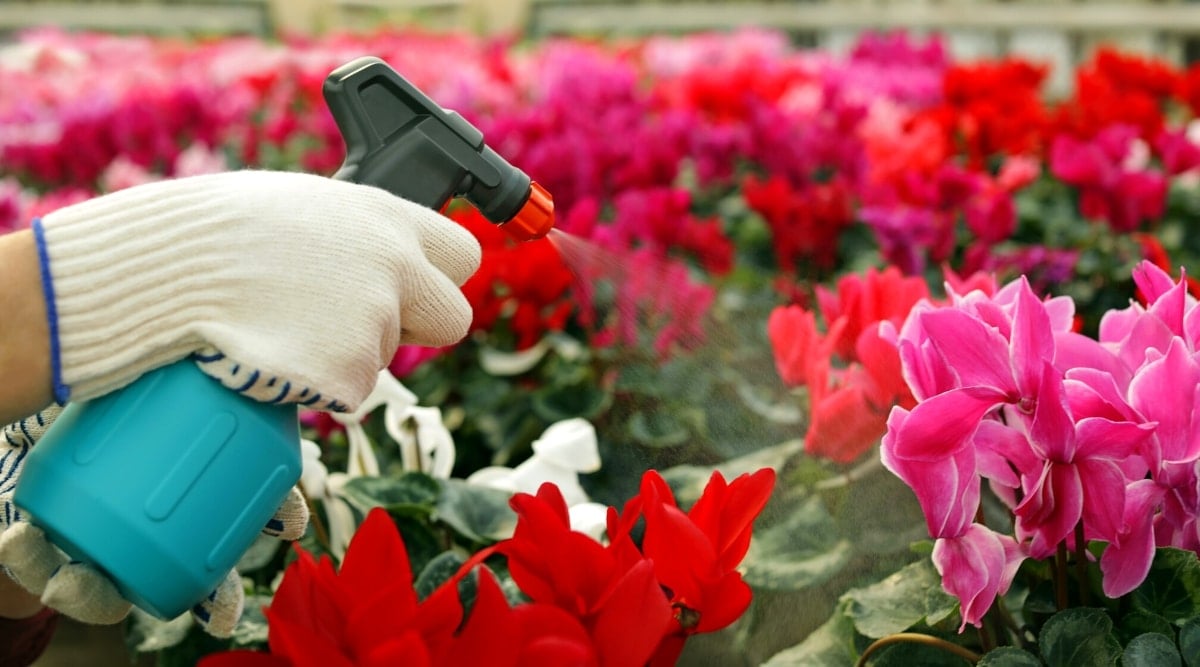
Cyclamen plants flourish in an environment that is moderate and similar to their natural habitat. It prefers a temperature of 60 to 70 degrees Fahrenheit during the day and 40 to 50 degrees Fahrenheit at night. Maintaining high humidity levels is vital, especially when the air is dry in the winter. You can increase humidity by setting the plant on a tray with water and pebbles, but be careful not to let the pot sit in water. Bring your Cyclamen indoors for the winter before it gets too cold to prevent the plant from being harmed.
5. Soil Requirements
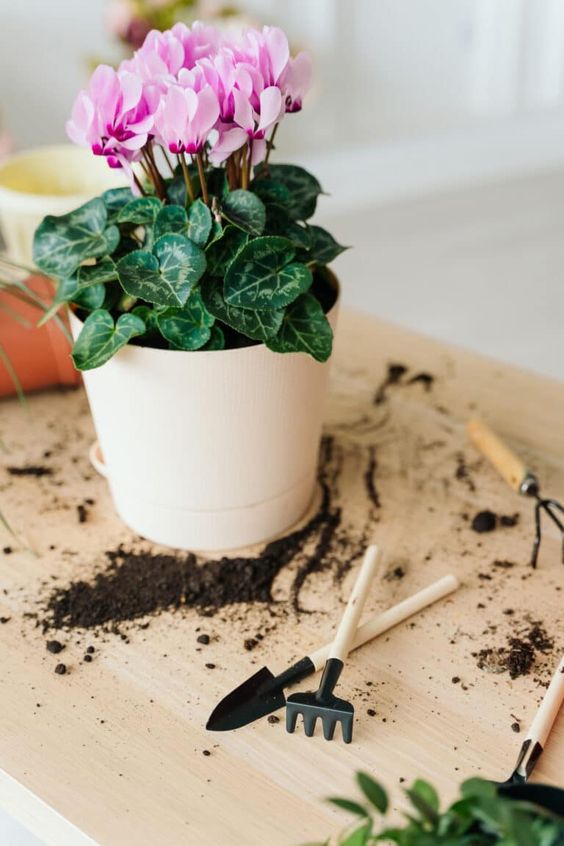
Cyclamen plants require soil rich in organic matter and good drainage, whether planted in pots or outdoors. A specialized potting mix is recommended for potted plants while adding organic matter can help improve soil fertility and drainage when growing outdoors. Excess amounts of water or fertilizers can also affect the soil, as it can cause harm to the plant.
When growing Cyclamen in containers, sphagnum peat can be added to a regular potting mix to lower the pH and enhance drainage. Providing a slightly acidic soil pH is key to growing healthy Cyclamen.
6. Fertilizer Requirements
When it comes to fertilizing, Cyclamen don’t need a lot of extra nutrients. It benefits from regular fertilization, but avoiding over-fertilizing is important as it can lead to disease susceptibility. For example, a balanced fertilizer for flowering plants can be used once a month. In contrast, a diluted low-nitrogen liquid fertilizer or houseplant food can be applied every two weeks during active growth.
7. Pruning
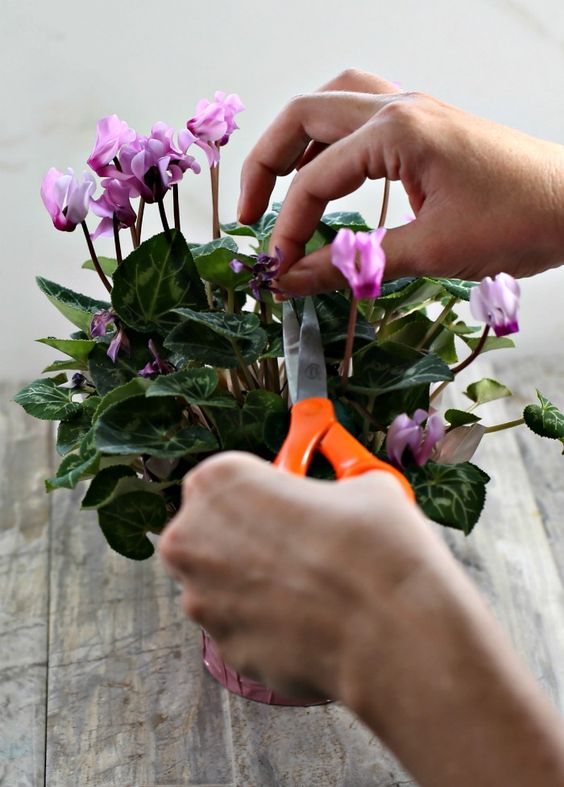
It’s vital to regularly trim dead or damaged leaves as soon as they arise to avoid harming cyclamen plants. Removing faded flowers and seed heads can extend the blooming period. Using these basic pruning methods, your cyclamen plant can look healthier and more radiant.
8. Propagation
Cyclamen can be difficult to propagate since the hybrid varieties lack fertile seeds, and the plant does not readily root from stem cuttings. Dividing the tuberous corm-like roots is the most effective form of propagation. Still, it must be done carefully to protect the plant. To accomplish this, remove the plant from its container during the summertime period of dormancy, cut the stems, and gently separate any offset roots from the main root. Slice the tuber into pieces with at least one growth eye and replant it in a peat-based, well-draining soil mixture if there are no offsets. Keep the potting mix damp until autumn and set it in a dry, shaded area. Then, relocate it to a brighter spot and water it once a week to encourage new growth.
9. Plant Disease
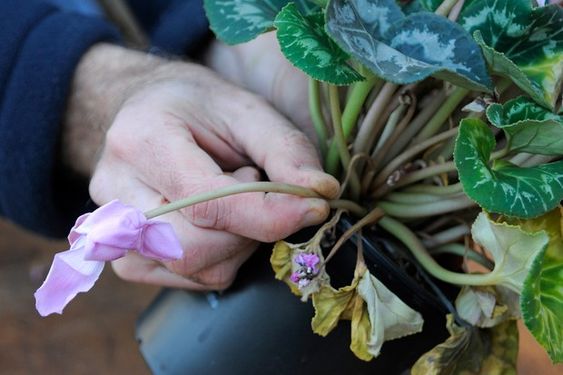
Cyclamen plants are vulnerable to pests and diseases. It entails common pests such as mites that can infest cyclamen houseplants. The mites can cause leaves to curl, and aphids can be found on new growth and stems. In addition, botrytis, a grey fungus, can develop due to overly wet soil and cause the yellowing of leaves with brown patches. If botrytis affects all the leaves, it may be necessary to discard the plant. However, if only some leaves are affected, removing them can improve air circulation and help prevent the further spread of the fungus.
10. Cyclamen Planting and Replanting
The moment you place your Cyclamen in a pot for the first time, pick a pot that gives about an inch of space around the tuber and plant it so that it is just barely peeping out of the ground. During the plant’s summer dormancy, replanting should be done every two years. To replant a tuber, partially fill a larger container with potting soil. Then, pull the tuber out of the first pot and brush off the previous soil. Put the tuber in the new pot with its top approximately 2 inches from the edge and fill the rest of the space with potting soil. For the remainder of the summer, place the pot in a dry, shaded area; once September arrives, water it regularly. You should start to notice that fresh growth appears.
Additional Tips
1. Dormancy
During summer, cyclamen plants become dormant, and it’s vital to reduce watering and avoid fertilizing them to ensure their healthy growth.
2. Toxicity
It’s also necessary to bear in mind that Cyclamen is toxic for humans as well as animals. Therefore, keep the plant out of reach of children and curious pets.
3. Blooming
Removing any dead or wilted flowers or leaves as soon as they appear is essential to maintain regular blooms. It will enable the plant to allocate its energy toward producing new blooms rather than trying to revive the dying ones.
Conclusion
After going through this guide, we hope you better understand whether Cyclamen plants are perennial and how to care for and grow these plants. While some species are known to be reliably enduring and can bloom for years, others may be best grown as annuals or house plants, depending on the location and growing conditions.
Cyclamen plant care and growing tips are simple but require attention to detail. Keep the plant in cooler temperatures, provide bright, indirect light, and water it thoroughly but avoid waterlogging. Use well-draining soil rich in organic matter and feed it with a balanced fertilizer once a month during the growing season. And remember to remove any dead or wilted flowers and leaves to encourage new growth and blooms.
By following these simple steps, you’ll be able to enjoy your beautiful cyclamen plant for years to come.
Frequently Asked Questions
What Month Do Cyclamen Go Dormant?
Cyclamen are dormant in late spring or early summer when their leaves become yellow and die back. It is the plant’s natural resting period, during which it requires less water and nutrients.
How Long Can Cyclamen Live?
Cyclamen can live for several years with proper care; some species can even be perennial. However, they typically have a dormancy period and may require specific growing conditions to flourish.
Is Cyclamen Easy to Care For?
Yes, Cyclamen can be easy to care for with the right conditions. However, they require bright, indirect light, well-draining soil, and regular watering.

